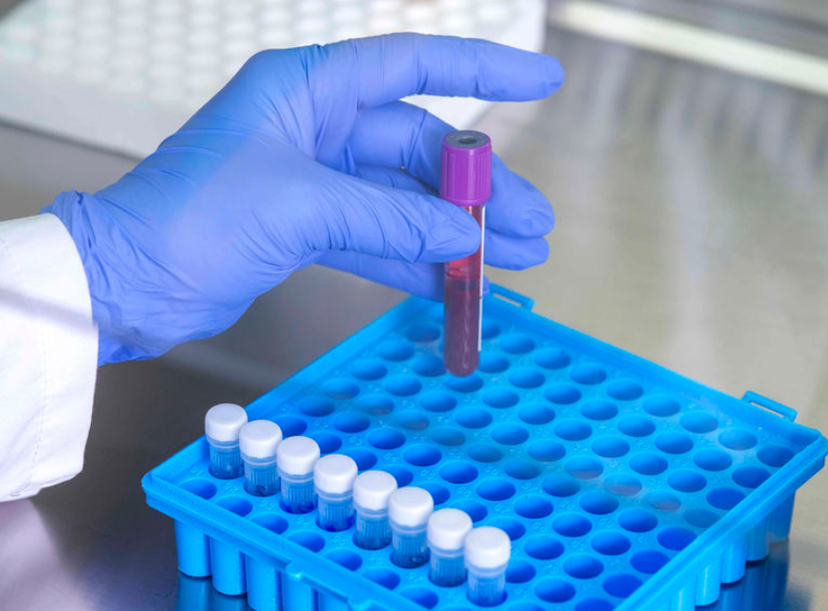What does the FDA’s final rule on LDTs mean for clinical laboratories?
Explore how the FDA’s final rule on LDTs will affect how clinical laboratories conduct their operations
30 Sept 2024
On April 29, 2024, the U.S. Food and Drug Administration (FDA) announced a final rule regulating laboratory developed tests (LDTs) as in vitro diagnostic devices (IVDs) under the Federal Food, Drug, and Cosmetic Act (FD&C Act). This rule amends FDA’s regulations to state that in vitro diagnostic tests “manufactured” by clinical laboratories fall within the scope of the FDA regulatory oversight and is poised to dramatically shift the way clinical diagnostic laboratories in the United States develop and offer LDTs in the future. This guest editorial provides a basic overview of the scope, intent, and implications of this final rule, including the regulatory requirements, exceptions, and timeline for implementation.
Each clinical laboratory will need to evaluate how this change in FDA requirements will affect its operations, which can vary based on several factors. For more details on the matters discussed in this blog post, please refer to the FDA’s webpage on Laboratory Developed Tests.
Background
On April 29, 2024, the FDA published a news release announcing its final rule on LDTs, which was officially published in the Federal Register a week later, on May 6, 2024. The final rule makes explicit the FDA’s position that IVDs are medical devices under the FD&C Act and therefore fall under the regulatory authority of the FDA, even when the IVD manufacturer is a laboratory. Under the enforcement policy that the FDA announced simultaneously with this regulation, the FDA will phase out its historical general enforcement discretion approach for LDTs. The result will be that many LDTs will be considered IVDs subject to the same requirements as other IVDs under the FD&C Act. However, the FDA will adopt targeted enforcement discretion policies for specific categories of IVDs manufactured by laboratories.
Categories of tests affected by the FDA rule
The FDA final rule affects all laboratories that develop LDTs, including tests that have been developed, validated, and performed wholly within a CLIA-accredited laboratory as well as modifications to existing FDA-cleared or approved tests, including changes to the test’s indication. Under a policy of “enforcement discretion,” the FDA states that it will exempt certain tests from all FDA regulatory requirements. These include what the FDA refers to as “1976-type LDTs” (tests that use manual techniques and use components legally marketed for clinical use), forensic tests (tests intended solely for law enforcement purposes), certain Human Leukocyte Antigen (HLA) tests for transplants, public health surveillance tests, as well as Department of Defense (DoD) and Veterans Health Administration (VHA) laboratories (when treating patients tested and treated within the DoD or VA system).
For other tests, the FDA states that some but not all IVD regulations will apply. For example, the FDA is not planning to enforce premarket review or most Quality System (QS) requirements if an LDT was marketed as of May 6, 2024 (the issuance date of the final rule) and has not been significantly modified. Likewise, the FDA does not plan to enforce premarket review or most QS requirements for LDTs manufactured and performed by a laboratory integrated within a healthcare system to meet an unmet need of patients receiving care within the same healthcare facility. LDTs approved by the New York State Department of Health Clinical Laboratory Evaluation Program (NYS CLEP) will be exempt from FDA premarket review but subject to all QS requirements. The FDA’s webpage on Laboratory Developed Tests provides more detailed information on these and other aspects of FDA’s LDT enforcement policies.
Implementation timeline
Along with the rule’s release, the FDA unveiled its plan to bring LDTs into its regulatory regime for IVDs in a phased approach. Over the course of a four-year timeline, the FDA will gradually increase its requirements for LDTs to make them subject to the same regulatory requirements as other IVDs. This proposed phased approach is broken up into five stages:
Stage 1: beginning on May 6, 2025 (one year after the publication date of the final LDT rule). Compliance with Medical Device Reporting (MDR), correction and removal reporting, and QS requirements regarding complaint files.
Stage 2: beginning on May 6, 2026 (two years after the publication date of the final LDT rule). Compliance with device registration, listing, labeling requirements, investigational use requirements, and requirements not covered during other phaseout policy stages.
Stage 3: beginning on May 6, 2027 (three years after the publication date of the final LDT rule). Compliance with QS requirements other than the complaint file requirements addressed in Stage 1, i.e., design controls, purchasing and supplier controls, acceptance activities, Corrective and Preventative Actions (CAPAs), and records requirements.
Stage 4: beginning on November 6, 2027 (three and a half years after the publication date of the final LDT rule). Compliance with premarket review requirements for high-risk LDTs.
Stage 5: beginning on May 6, 2028 (four years after the publication date of the final LDT rule). Compliance with premarket review requirements for low and moderate-risk LDTs.
Additional guidance and resources
On May 6, 2024, the FDA also issued two draft guidance documents detailing the agency’s planned enforcement policies for IVDs in response to public health emergencies. The first guidance describes the agency’s enforcement discretion policy for certain laboratories offering unauthorized IVDs for immediate public health response in situations where an emergency use authorization (EUA) declaration under the FD&C Act has not been issued. The second guidance provides the agency’s thinking on the factors it intends to consider when developing a policy regarding enforcement discretion for certain IVDs during an EUA declared emergency.
Along with the final rule, the FDA released an FAQs page on LDTs and the agency has stated that it will be issuing additional guidance documents to expand upon the final rule (though a timeframe for when such guidelines would be made available has not been provided). The FDA also intends to host additional webinars focusing on specific topics related to final LDT rule. These will be announced on this webpage as they are scheduled and presentations and transcripts available afterwards at CDRH Learn.
This guest editorial is provided for informational purposes only and does not constitute legal advice. It provides a basic overview only and should not be relied upon for regulatory or legal decision-making. The information contained in this post may not reflect the most current legal or regulatory developments and is not guaranteed to be correct or complete. Readers should review the original FDA resources and seek the advice of their own legal counsel to assess the applicability of the FDA’s LDT rule and enforcement policies to their specific circumstances.

This guest editorial was written by Pierre Negri, the global market development and marketing manager for the clinical and forensics markets at SCIEX.
